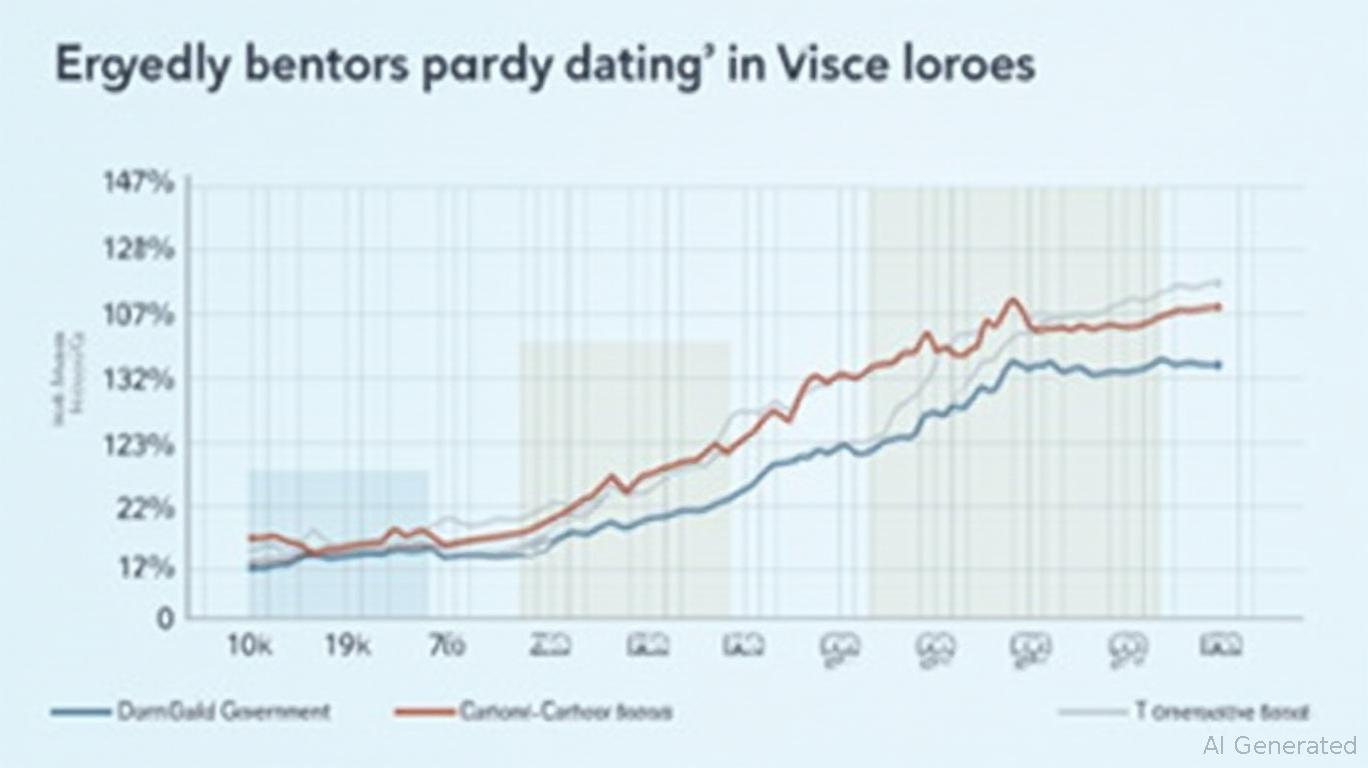AInvest Newsletter
Daily stocks & crypto headlines, free to your inbox
Amid the persistent uncertainty of rising interest rates and market volatility,
Investment Management has recalibrated its fixed-income strategy to prioritize capital preservation and steady income generation. This shift, detailed in its Q1 2025 letter and underscored by the recent launch of two actively managed bond ETFs, positions the firm at the forefront of an evolving fixed-income landscape. For investors seeking to capitalize on yield opportunities while navigating rate fluctuations, understanding these moves—and mirroring or countering them—could be key to outperforming the market.John Hancock's fixed-income pivot centers on three pillars: high-quality credit, active sector allocation, and duration management. By emphasizing bonds with strong credit ratings (e.g., investment-grade corporates and municipals), the firm aims to reduce default risk in an environment where credit spreads have widened amid economic slowdown fears.

The second pillar—active allocation—seeks to balance yield and risk by dynamically shifting exposures across government, corporate, and municipal bonds. This approach allows the firm to capitalize on sector-specific opportunities, such as tax-advantaged municipal bonds in states with strong fiscal health or corporate issuers with improving credit profiles.
Finally, duration management is being fine-tuned to mitigate interest rate risk. By shortening or lengthening the portfolio's average maturity, John Hancock aims to insulate investors from abrupt rate hikes or declines. This proactive stance is critical in an era where the Federal Reserve's policy path remains unclear.
To operationalize this strategy, John Hancock launched two ETFs in late 2024: the Core Bond ETF (JHCR) and the Core Plus Bond ETF (JHCP). These funds, managed by a team with nearly 50 years of fixed-income expertise, target different risk-return profiles. JHCR focuses on liquidity and capital preservation, while JHCP incorporates higher-yielding securities (e.g., BBB-rated corporates) to boost income. Both are designed to provide flexibility in a volatile market.
The rationale behind these launches is twofold: First, to capitalize on investor demand for income amid low-yield environments. Second, to leverage John Hancock's bottom-up security analysis to identify undervalued bonds. The firm's optimism about cooling inflation and a more balanced labor market underpins its confidence in these strategies.
John Hancock's moves signal a broader industry shift toward defensive fixed-income positioning. For investors, this creates two paths:
Monitor duration: Keep an eye on the 10-Year Treasury Yield () to time duration adjustments.
Counterbalance with Contrarian Plays:
John Hancock's strategy isn't without pitfalls. Credit risk remains elevated in lower-rated bonds, and liquidity could tighten if rates rise sharply. Investors must also be wary of duration mismatch: portfolios with overly long maturities may suffer if rates climb faster than expected.
John Hancock's fixed-income pivot offers a roadmap for investors seeking stability in turbulent markets. By following their emphasis on quality, active diversification, and duration control—or by hedging against their bets—you can position your portfolio to seize yield opportunities while guarding against downside risks.
The clock is ticking: With the Fed's next rate decision looming and inflation data unpredictable, now is the time to rebalance. As John Hancock's moves demonstrate, success in fixed income today demands both caution and conviction.
Investors should consult their financial advisors before making portfolio adjustments and thoroughly review fund prospectuses for risk disclosures.
Tracking the pulse of global finance, one headline at a time.

Dec.20 2025

Dec.20 2025

Dec.20 2025

Dec.19 2025

Dec.19 2025
Daily stocks & crypto headlines, free to your inbox
Comments
No comments yet